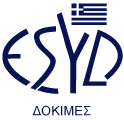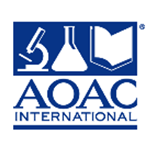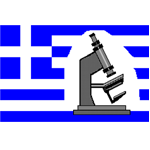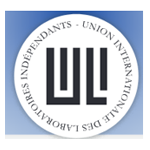
Mycotoxins
Mycotoxins are particularly toxic substances, produced by specific fungus. For example aflatoxins are produced by Aspergillus flavus, Aspergillus parasiticus, while ochratoxin A is produced by A. ochraceus and P. verrucosum.Approximately 20% of food may be contaminated with mycotoxins. Most commonly affected foods are cerials, dry fruits, coffee, spices, seed-oils, pea, beans and fruits. Mycotoxins are also found in beer and wine as well as in foods of animal origin like milk, cheese and egg due to consumtion of contaminated feeds from the animals.

The Europian Union has established a series of regulations that determine the control measures that should be taken by the Member States in order to control the contamination of food by mycotoxins. EU Regulation 1881/2006 determines the permissible limits of mycotoxins in foods while EU Regulation 401/2006 determines the sampling required method.
Sampling procedure is very important for the accuracy of mycotoxin determination due to the fact that the distribution of contamination in one batch may be significantly uneven.
That is why special attention must be given during sampling and the directives of the legislation must be followed.
.
| PARAMETER | METHOD | ACCREDITATION |
| Aflatoxins B + G | Ο.603 / HPLC-FLD |  |
| Aflatoxin M1 | AOAC 2000.08 | |
| Ochratoxin Α | Ο.622 / HPLC |  |
| Deoxynivalenol | ELISA | |
| Patulin | Ο.616 /HPLC/UV | |
| Zearalenone | ELISA |





